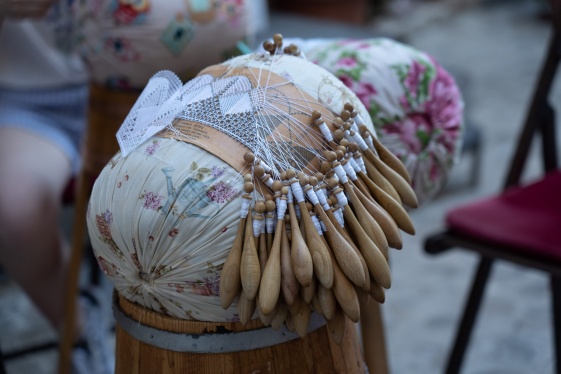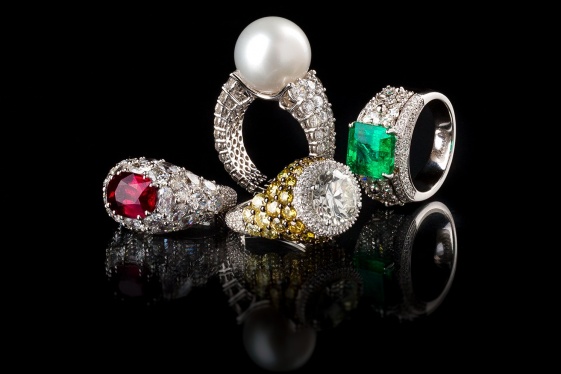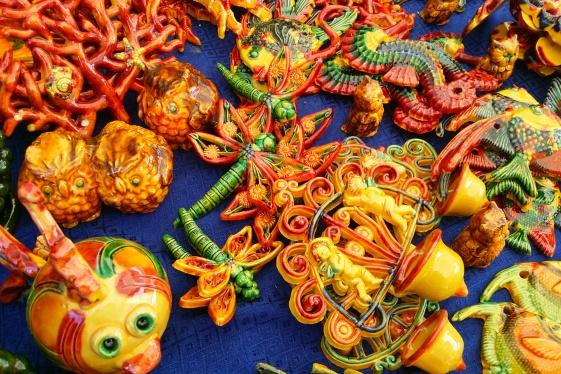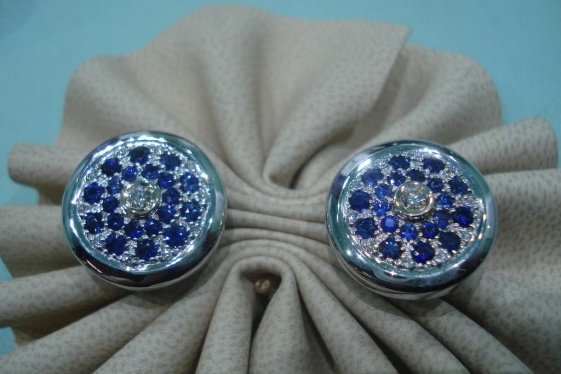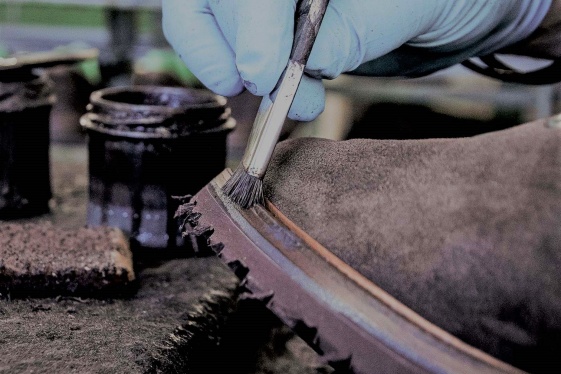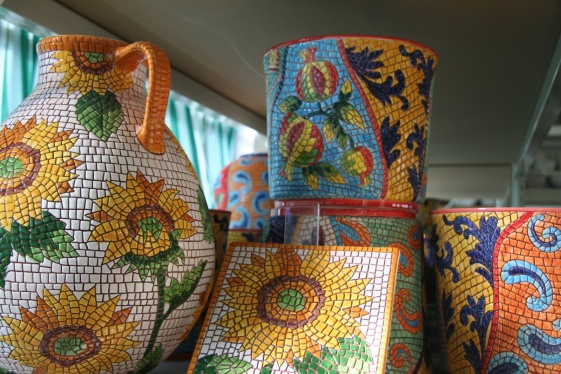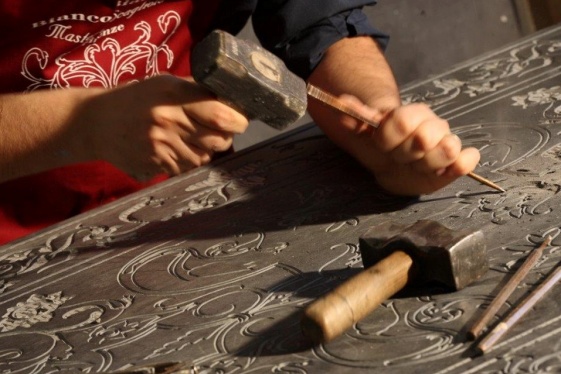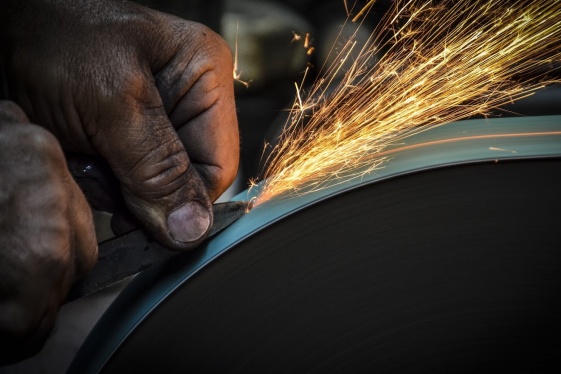Italian handcrafts: Murano Glass
The first evidence of glassmaking activities in Venice dates back to 982 A.D., but it was in 1200 that the glassworks first became concentrated in Murano, creating refined products that were far removed from the rougher items produced by other European manufacturers. Towards the year 1000, under the Venetian Republic, known as la Serenissima, all t...
READ MOREItalian handcrafts: Ascoli Piceno Lace
Textile weaving with vegetable fibres (especially silk) and wool has been a fundamentally important activity in the Piceno area for centuries. Almost all rural homes had at least one loom, around which the women would be engaged in spinning, warping, weaving, tailoring and embroidery. Complete bridal trousseaux were made at home, as well as dresses...
READ MOREItalian handcrafts: Padua and its Gold Work Tradition
Padua’s gold work tradition originated in the Middle Ages. The first statute of its goldsmiths’ guild dates back to 1454 and consists of a collection of rules governing the fraternity, the organisation of the workshops, hallmarking procedures and product quality standards. The fifteenth century saw a large influx of master goldsmiths to Padua from...
READ MOREItalian handcrafts: Ceramics from the Reggio Calabria province
The production of artistic ceramics in the province of Reggio Calabria and, more broadly, across the whole region, is one of the most ancient and upcoming local traditions. Thanks to the perseverance of skilled ceramists, coupled with the resourcefulness of capable young craftsman, it stands today as one of those ancient crafts whose origins, techn...
READ MOREItalian handcrafts: The art of goldsmithery in Latina
The history of pontino precious metal work began in the fourth century B.C. and was initially distinguished by a certain austerity, then became an element of artistic expression with the advent of the Roman Empire and the annexing of much of the Hellenic world. The beauty of the jewelry became a tool adopted by the new political figures to show off...
READ MOREItalian handcrafts: Nuoro Velvet
The name velvet comes from the Latin “vellus”, due to the characteristic dense pile on the right side of the fabric. Originally produced in the East, its use spread among the wealthier classes of the West in the 13th century. Velvet began to be produced in Italy in the 1500s, a time when a clear distinction was made between fabrics for clothing and...
READ MOREItalian handcrafts: Footwear of Riviera del Brenta
One of the oldest congregations of shoemakers was founded in Venice in the 13th century. The Statute of the Congregation was reformed in 1268, the year used to calculate the duration of the Art of the Calegheri. The seal of the “Confraternita dei Calegheri” (Cobblers’ Confraternity) has remained a badge for the sector for centuries, which from Veni...
READ MOREItalian handcrafts: Nove Ceramics
Ceramics have been made in Nove (Vicenza) for three hundred years, and in fact this artistic endeavour owes its success to a favourable conjunction of political, economical and environmental factors. The oldest and most illustrious manufacturers sprang up along the Isacchina canal, a waterway that runs through the historic centre of Nove, and on th...
READ MOREItalian handcrafts: Florentine Scagliola
The technique of stucco, which is used to replace or recall more precious materials, has its origins in antiquity. However, another technique that derived from stucco: scagliola, understood as a mixture of selenite, water, glue and natural pigments, developed its own autonomy of expression from the 17th century, and became widespread in Europe thro...
READ MOREItalian handcrafts: The Knives of Frosolone
Frosolone was already a renowned centre of excellence for the production of cutting implements during the time of the Kingdom of Naples. The centre developed when Charles of Bourbon, King of the Two Sicilies, decided to establish an industrial basis in his kingdom, promoting the reorganisation of foundries and armaments. Forced to convert their pro...
READ MORE



